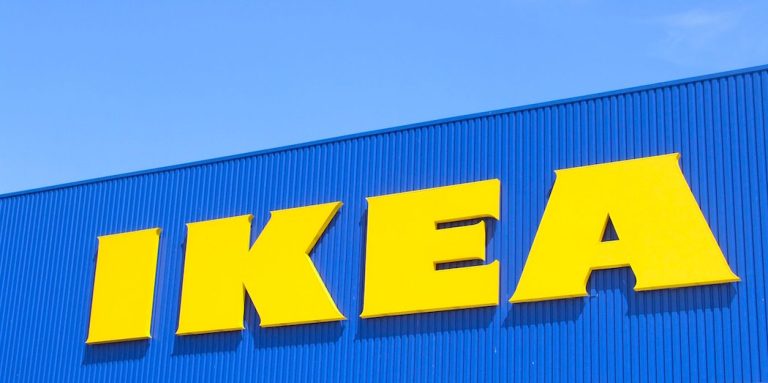To Learn About a City’s People, Look At Its Retail Development
Are they an Ikea kind of people? Or maybe a Wal Mart? It seems silly, we know, but it speaks volumes about an area.

To get a solid impression of what a city is like, consider its retail development, especially what stores and restaurants are “coming soon.” A common refrain in discussions about the character of communities is “It’s the people who make a place.” I say it all the time.
How Airbnb Can Help You Better Decide If a City is the Best Place For You
That can lead you to look at the fundraising efforts of local charitable organizations, the number and quality of public amenities (funded with tax dollars and votes) and the investment of time and money in local schools. Even the natural environment of places — the geography that makes them beautiful mountain towns, river cities or beach retreats — should be considered from a purely financial view: How do those natural assets contribute to the sense of place? Are they preserved for scenic views? Lightly developed for recreation? Heavily developed for industry?
Perhaps there’s no time like the holidays to draw attention to the somewhat humbling fact that people show their priorities with their pocketbooks, every time. It’s the reason good journalism schools teach students to simply “follow the buck” to get the story. Money stories are people stories.
So how does looking at town’s mix of national retailers and restaurants reveal insights about the people there? If you’ve been to one Target or Applebee’s, you’ve been to them all, right? Not entirely.
Everyone Can’t Have An IKEA
First, the mere presence of any given national retailer can tell you some basic demographic information about a city. It’s common knowledge that regional and national chains have developed a basic set of requirements for locating in a city. They didn’t grow into chains by accident. They are in business to make money, and the best ones know what they need to effectively scale their operations, such as total population, average household income, preferred location for logistics, preferences of shoppers and necessary available space.
How Retail Options Can Predict Which Way a City Will Vote
Second, larger companies also know who they need to effectively scale their operations and use any number of internal and external resources to develop psychographic profiles of their desired customers, usually based on success rates of existing locations. We all know that we’re far more complex in behavior than just our average household incomes. Psychographics goes beyond basic demographics to determine and define collective interests, behaviors and lifestyles within populations. Marketers and advertisers have been considering psychographics for years, but thanks to our reliance on technology for shopping, paying bills, taking online surveys in hopes of winning stuff, using coupons, etc., those behaviors are far easier to track.
The end results are bigger, more accurate databases that retailers and economic developers then use to marry the right types of stores to their desired customers in a way that is more precise a match than ever.
Wait, Walmarts Are Actually Different?
Of course, retailers take other factors into consideration, such as retail leakage and surplus (how high the demand for a given product is within a community versus how much potential exists for that demand to be met within the community or immediate area), incentives local economic development agencies offer them, and more. I’ve heard several cases in which a few communities all make a short list because they meet all of the requirements, but that beautifully developed natural environment, especially friendly people or warmer climate, gives one community an edge over another. It still comes down to the buying preferences and habits of the people in a place, and that reflects the lives they lead. Next time you visit a place for the first time, you don’t have to look far to get an idea or two about the lifestyles of its population.
Should You Move? Take Our Quiz to Find Out
In most cases, the business strategists have already done that work for you. Take good look around at what retail stores and restaurants have located there, and consider the “typical” patrons of these businesses. Go inside. This type of research even impacts the items you’ll see at the checkout line or on the menu.
We write a lot about interesting, homegrown and independent businesses that make our Livability.com communities unique. Without a doubt, the presence, nature and success of such businesses says a lot about a community. But believe it or not, you can also gain valuable insight by checking out not just whether there’s a Walmart, but what it’s selling and even where they’re placing items in that specific store. Just something to think about when you’re standing in long holiday shopping lines.
